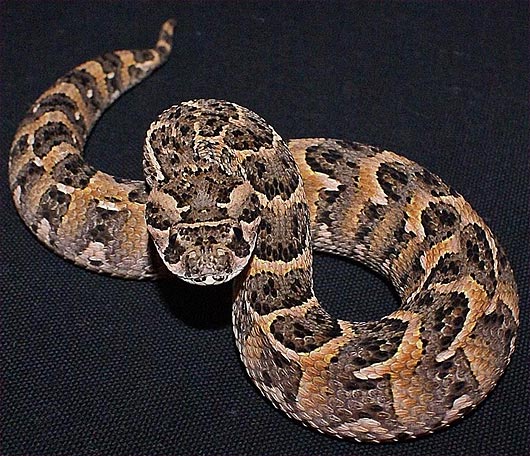Cytotoxic venom
- Puf Adder
- Mozamique Spitting Cobra
- Stilletto Snake
- Night Adder
Neurotoxic venom
The two snakes that cause most fatal bites are the black mamba and Cape cobra. Their venom is potently neurotoxic and fast-acting.

Haemotoxic venom
Two of Southern Africa’s snakes, the boomslang and the twig or vine snake, have haemotoxic venom which affects the blood clotting mechanism. Fortunately both these snakes are placid and seldom bite unless captured or accidentally stepped on. One or two boomslang bites are reported yearly and virtually all twig snake victims are snake handlers.

Preventing snakebite
Most snakebites occur in the warm wet summer nights from January to March/April.
Should you encounter any snake, back off and move away. Five metres or more from any snake is a safe distance and it is a myth that snakes chase after people. Even the deadly black mamba never chases people and avoids confrontations unless cornered. It is not an aggressive snake and seldom accounts for bites.
- Wear adequate boots when in the field.
- Never handle any snake, no matter the size (some snakes play dead).
- Use a torch when walking at night.
- Keep your tent zipped closed at all times when camping.
